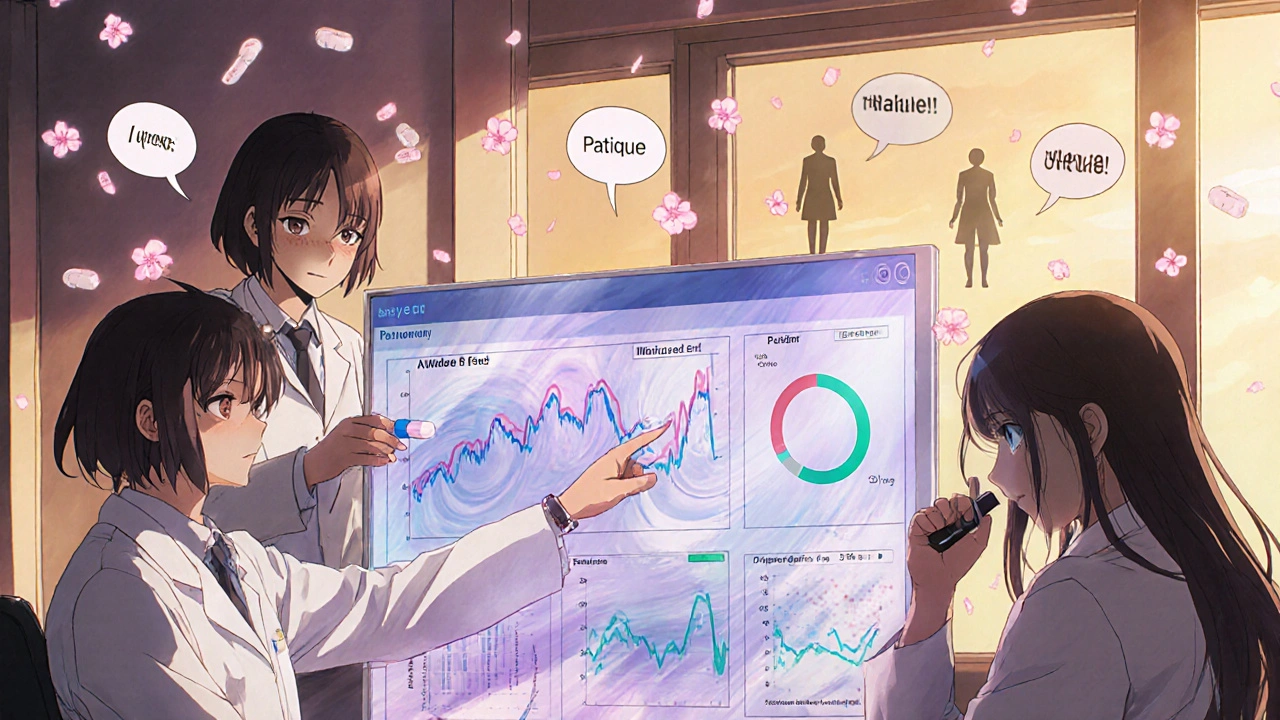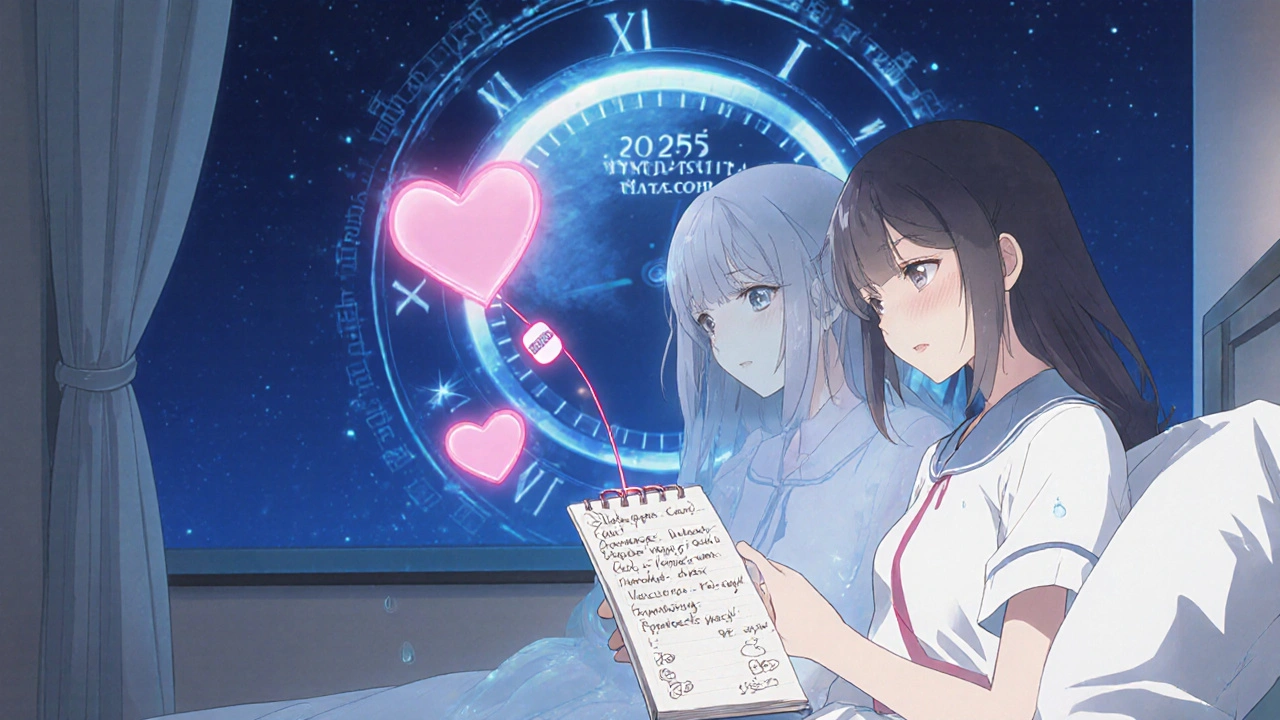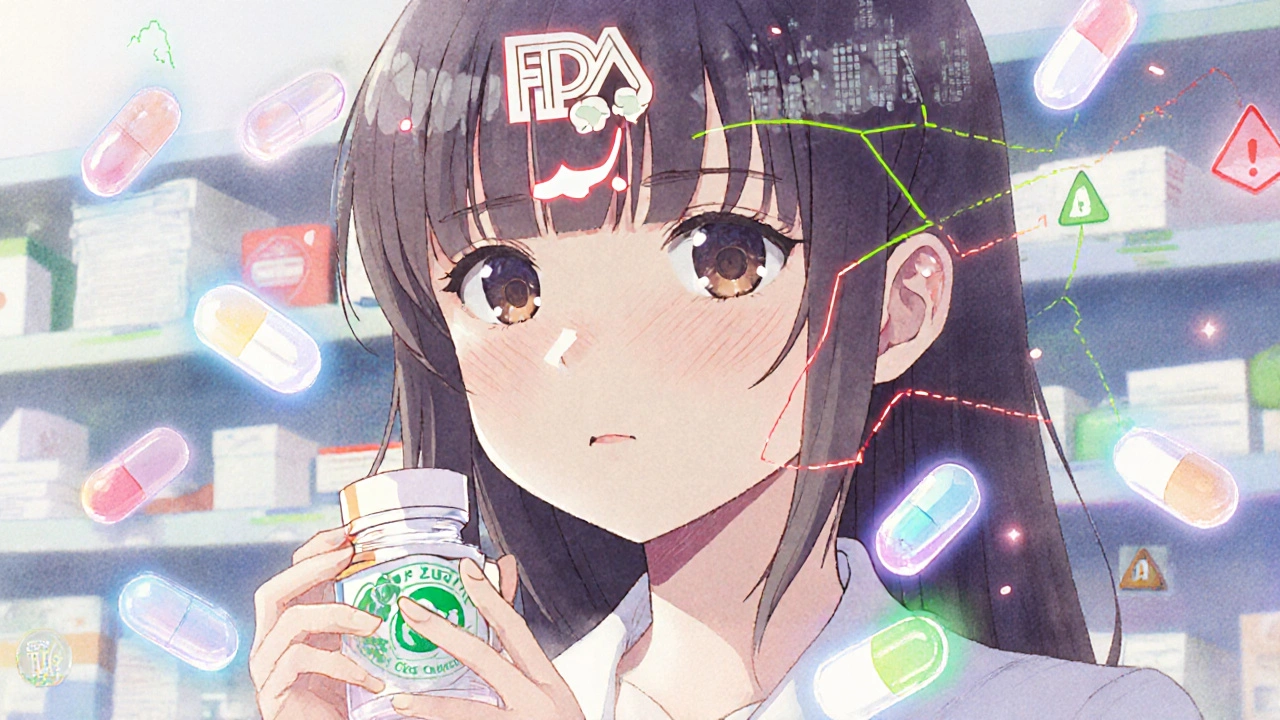When you pick up a generic pill at the pharmacy, you expect it to work just like the brand-name version. But how does the FDA make sure it’s safe after it’s on the shelf? Unlike new drugs, which go through years of clinical trials before approval, generic drugs are approved based on one key fact: they’re bioequivalent to the brand-name drug. That means they deliver the same active ingredient at the same rate and amount. But bioequivalence doesn’t guarantee every batch will perform the same in real life. That’s where post-approval safety surveillance kicks in - and it’s far more complex than most people realize.
What Happens After a Generic Drug Gets Approved?
The FDA doesn’t stop watching once a generic drug hits the market. In fact, that’s when the real monitoring begins. The Center for Drug Evaluation and Research’s Office of Generic Drugs (OGD) runs a dedicated team called the Clinical Safety Surveillance Staff (CSSS), made up of doctors, chemists, and data analysts. They track about 1.2 million adverse event reports every year. These come from doctors, pharmacists, patients, and manufacturers through systems like MedWatch and the Drug Quality Reporting System (DQRS). The biggest challenge? Telling the difference between a problem with the drug itself and a problem with the manufacturer. A generic drug might have the same active ingredient as the brand name, but if the filler, coating, or manufacturing process is off, it can change how the drug behaves in your body. For example, a tablet might not dissolve properly, or an extended-release pill might release all its medicine at once instead of over 12 hours. These aren’t theoretical risks - they’ve caused real harm.The Weber Effect: Why New Generics Trigger a Flood of Reports
There’s a well-documented phenomenon called the Weber Effect. When a new generic drug enters the market, reports of side effects and quality issues spike - often by 300% to 400% - in the first year. Why? Because everyone is watching. Pharmacists are comparing pills. Patients are noticing differences. Doctors are asking questions. It’s not that the drug is suddenly dangerous. It’s that people are paying attention for the first time. The FDA uses this spike as a signal, not a panic button. They look at the data through a filter: how many complaints are coming in compared to how much of the drug is being sold? If one manufacturer’s product makes up 20% of sales but accounts for 70% of complaints, that’s a red flag. The system doesn’t just count reports - it calculates rates. That’s how they separate noise from real problems.How the FDA Finds Problems: Data, Tools, and Triggers
The FDA doesn’t rely on luck. They use a mix of automated tools and human review. Every quality complaint from pharmacies and hospitals goes into the DQRS. Analysts export these into Excel, then run them through a custom SAS program that looks for patterns: same manufacturer, same lot number, same defect type. If five different people report that a pill won’t dissolve in the same month, the system flags it. They also pull in sales data from IMS Smart and Symphony to understand market share. If a generic version of metformin is sold in 40% of prescriptions but shows up in 60% of reports about delayed release, that’s not random. It’s a signal. The CSSS team then reviews each case manually. About 5-7% of complaints need a medical officer’s deep dive - especially if someone ended up in the hospital. They also scan medical journals, monitor healthcare provider calls, and track reports from patients directly. For complex products - like inhalers, patches, or injectables - the risk is higher. These make up about 12% of all post-market safety issues between 2018 and 2022. A patch falling off? A spray not delivering the right dose? These aren’t minor annoyances. They can mean treatment failure.
The Gap: Therapeutic Equivalence vs. Quality Defects
Here’s the uncomfortable truth: the FDA’s system is great at catching manufacturing problems - but weak at spotting subtle differences in how well a drug works. A 2021 Government Accountability Office report found that only 65% of potential therapeutic inequivalence signals were fully investigated. Why? Because the FDA doesn’t require post-approval bioequivalence testing. Once a generic is approved, there’s no routine check to see if it still performs like the brand name over time. This matters most for drugs with a narrow therapeutic index - where a tiny change in dose can cause toxicity or treatment failure. Think levothyroxine (for thyroid), warfarin (a blood thinner), or phenytoin (for seizures). In 2019, over 200 patient reports came in about inconsistent effects from generic levothyroxine. It took 18 months to investigate. Patients were switching between brands and experiencing fatigue, weight gain, or heart palpitations - all because the drug wasn’t working the same way. Doctors often assume the FDA tests every batch. They don’t. A 2018 survey found 63% of family physicians believed the FDA does routine bioequivalence testing after approval. It doesn’t. That misunderstanding leaves patients vulnerable.Who Reports Problems - And What Do They See?
Healthcare professionals file about 68% of reports. Pharmacists are the biggest group - making up 42% of those reports. Why? Because they’re the ones handing out the pills. They see patients coming back saying, “This new pill doesn’t work like the last one.” They notice differences in size, color, or how the pill tastes. They know when a tablet crumbles in the bottle or a liquid develops a strange precipitate. Common complaints? About 17% of quality issues involve tablets not dissolving. Twelve percent involve liquids forming clumps. Nine percent involve patches that won’t stick. One Reddit user described how a generic extended-release metformin stopped working after 18 hours - not 24. Fifteen patients in three months had the same issue. That’s exactly the kind of pattern the FDA looks for. Patients, though, rarely get feedback. Only 28% of people who report problems through MedWatch feel they ever got a clear answer about what happened. That’s a breakdown in communication - and it erodes trust.
What’s Changing? New Tools, New Rules
The system is evolving. In 2023, the FDA started using AI to sort through reports. Early results showed a 27% drop in false alarms. That means fewer unnecessary recalls and faster responses to real problems. By late 2024, they plan to integrate real-time pharmacy claims data. That will let them see if a drug’s failure rate spikes right after a new batch hits the shelves. In 2025, they’re proposing mandatory post-approval bioequivalence studies for narrow therapeutic index drugs - finally closing a major gap. They’re also launching a patient portal in early 2025 where people can report directly if a generic isn’t working right. No more relying on a doctor to file a report. If you notice your blood pressure isn’t controlled, your thyroid feels off, or your pain meds don’t last - you’ll be able to tell the FDA directly.Is the System Working?
The industry says yes. The Generic Pharmaceutical Association claims 90% of safety signals are resolved through manufacturer corrections - recalls, reformulations, or better labeling. And there’s truth to that. Thousands of generic drugs work perfectly every day. But the data tells a more complicated story. Smaller manufacturers account for 68% of delayed responses to safety signals. Resource limits mean some issues take months to investigate. And without mandatory testing after approval, the system is playing catch-up. The FDA has the tools. It has the data. It has the team. But it doesn’t have unlimited money. The GDUFA III program funds $630 million for generic drug oversight - $220 million of that goes to safety monitoring. That’s not enough to match the scale of 90% of all prescriptions. The bottom line? Generic drugs are safe - most of the time. But safety isn’t a one-time approval. It’s an ongoing watch. And right now, the system is stretched thin, relying on human eyes to spot patterns in a flood of data. It works. But it’s not perfect. And for patients on critical medications, that gap matters.Does the FDA test generic drugs after they’re approved?
No, the FDA does not routinely test batches of generic drugs after approval. Approval is based on proving bioequivalence to the brand-name drug before the drug hits the market. After that, the FDA relies on post-market surveillance - analyzing adverse event reports, quality complaints, and sales data - to detect problems. They only require new bioequivalence testing if a safety signal emerges, and even then, it’s not automatic for all drugs.
Can a generic drug be less effective than the brand name?
Yes, in rare cases. While generics must meet strict bioequivalence standards at approval, changes in manufacturing, fillers, or coatings over time can affect how the drug is absorbed. This is most likely with drugs that have a narrow therapeutic index - like levothyroxine, warfarin, or seizure medications. Patients may notice their symptoms return or worsen after switching brands. The FDA doesn’t test for this routinely, so these issues often go undetected until enough patients report them.
Why do I feel different on a different generic version?
Different manufacturers use different inactive ingredients - things like dyes, binders, or coatings - which can affect how quickly the drug dissolves or is absorbed. For most people, this doesn’t matter. But for those on sensitive medications, even small differences can cause side effects or reduced effectiveness. If you notice a change after switching generics, keep a symptom log and tell your doctor. You may need to stick with one brand.
How can I report a problem with a generic drug?
You can report issues directly to the FDA through MedWatch, their online safety reporting system. Go to the FDA’s MedWatch website and fill out the form. Include details like the drug name, manufacturer, lot number (if available), and what happened. Pharmacists and doctors can also file reports. Your report helps the FDA spot patterns. Even if you don’t get a reply, your input contributes to public safety.
Are generic drugs from other countries safe?
Generic drugs sold in the U.S. - even if made overseas - must meet the same FDA standards as U.S.-made drugs. The FDA inspects foreign manufacturing sites just like domestic ones. But if you buy generics online from international vendors not regulated by the FDA, you’re taking a risk. These products may be counterfeit, expired, or contain wrong ingredients. Always get generics from a licensed U.S. pharmacy.

